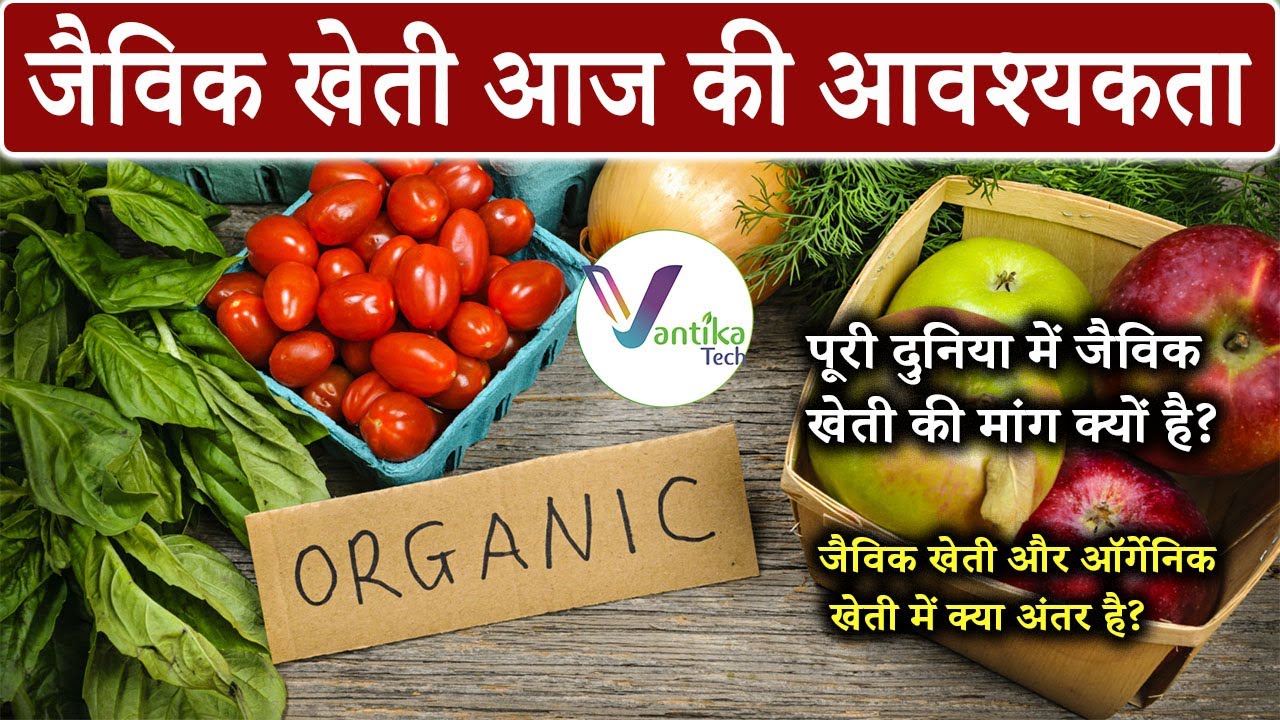.jpg) |
| Hydroponics |
Hydroponic farming has emerged as a cutting-edge agricultural technique that offers a promising solution for sustainable food production. By growing plants in nutrient-rich water solutions without soil, hydroponics allows for precise control over growing conditions, optimizing plant growth and minimizing environmental impact. In this comprehensive blog, we delve into the principles, benefits, key components, and different types of hydroponic systems, shedding light on how this innovative approach is revolutionizing modern agriculture.
Understanding Hydroponic Farming:
Hydroponic farming is a soilless cultivation method that focuses on providing plants with the optimal combination of water, nutrients, and light. Instead of relying on traditional soil, plants are grown in a variety of inert growing mediums like perlite, rock wool, clay pellets. This allows for better control over nutrient absorption and root development.
Benefits of Hydroponic Farming:
a) Water Efficiency: Hydroponic systems use up to 90% less water compared to traditional soil-based farming. The closed-loop systems recirculate water, reducing water consumption and addressing the challenges of water scarcity.
b) Enhanced Crop Yield: With precise control over environmental factors, hydroponic farming promotes faster and healthier plant growth. This results in higher crop yields compared to conventional methods, making it an attractive choice for commercial growers.
c) Space Optimization: Hydroponic systems are designed to maximize space utilization, making them ideal for urban farming or areas with limited land availability. Vertical farming techniques, such as vertical towers or stacked systems, enable efficient use of space, allowing farmers to grow more crops in a smaller footprint.
d) Reduced Environmental Impact: Hydroponics minimizes the need for synthetic fertilizers and pesticides, reducing the risk of chemical runoff and soil pollution. It also eliminates soil erosion and the need for heavy machinery, making it a more environmentally friendly farming method.
e) Year-Round Cultivation: Hydroponic systems enable year-round cultivation, independent of seasonal changes or weather conditions. This ensures a constant supply of fresh produce, reducing reliance on imported goods and supporting local food security.
Key Components of Hydroponic Systems:
a) Nutrient Solution: Hydroponic systems provide a carefully balanced nutrient solution containing essential elements and minerals required for plant growth. This solution is continuously circulated to deliver nutrients directly to the plant roots.
b) Water Circulation System: Hydroponic setups use pumps, pipes, and irrigation systems to ensure proper water circulation and nutrient delivery throughout the growing medium. This allows for optimal nutrient absorption and oxygenation of the root zone.
c) Lighting Systems: Artificial lighting, such as LED or high-intensity discharge (HID) lights, plays a crucial role in indoor hydroponic setups. They provide the necessary light spectrum for photosynthesis, allowing plants to thrive even in low-light environments.
d) pH and EC Monitoring: Maintaining the correct pH level and electrical conductivity (EC) of the nutrient solution is vital for optimal nutrient absorption and plant health. Regular monitoring and adjustments ensure that plants receive the right balance of nutrients.
e) System Types: Hydroponic systems come in various forms, including nutrient film technique (NFT), deep water culture (DWC), aeroponics, and ebb and flow systems. Each has its unique features and suitability for different plant species and grower preferences.
Conclusion:
Hydroponic farming is transforming agriculture by offering a sustainable and efficient approach to food production. Its water-saving capabilities, increased crop yields, space optimization, reduced environmental impact, and year-round cultivation make it a valuable tool for addressing global food security challenges. By harnessing technology and innovation, hydroponics paves the way for a more resilient and sustainable agricultural future.
Thanks for visiting us
#hydroponicfarming #soillesscultivation #waterefficiency #increasedcropyield #spaceefficiency #reducedpesticides #yearroundcultivation #sustainableagriculture #hydroponicsystems #verticalfarming







No comments:
Post a Comment